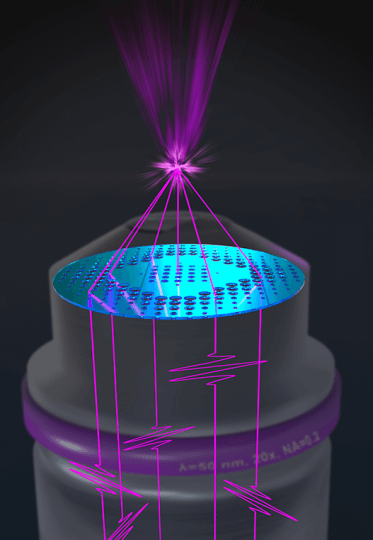2023-04-07 パシフィック・ノースウェスト国立研究所(PNNL)
研究によると、地球上の上層大気の風の変化がハリケーン頻度の上昇に関与しており、特に太平洋東部海域の温暖化によって引き起こされている。その上層大気の風の変化は、ハリケーンをアメリカの東海岸や湾岸に近づけることで、被害を拡大する可能性がある。
RAFTと呼ばれる独自のモデルを使用し、数多くの模擬ハリケーンを生成することで、研究者たちは、ハリケーン頻度の上昇に寄与する各要因の相対的な重要性を調べることができた。結果から、頻度の上昇に最も影響を与えるのは風であることが明らかになった。
<関連情報>
- https://www.pnnl.gov/news-media/more-frequent-hurricanes-raise-risk-us-east-and-gulf-coasts
- https://www.science.org/doi/10.1126/sciadv.adf0259
気候変動下における米国沿岸のハリケーンリスクの増加 Increased U.S. coastal hurricane risk under climate change
Karthik Balaguru* ,Wenwei Xu ,Chuan-Chieh Chang,L. Ruby Leung ,David R. Judi,Samson M. Hagos,Michael F. Wehner ,James P. Kossin,Mingfang Ting
Science Advances Published:7 Apr 2023
DOI:https://doi.org/10.1126/sciadv.adf0259

Abstract
Several pathways for how climate change may influence the U.S. coastal hurricane risk have been proposed, but the physical mechanisms and possible connections between various pathways remain unclear. Here, future projections of hurricane activity (1980–2100), downscaled from multiple climate models using a synthetic hurricane model, show an enhanced hurricane frequency for the Gulf and lower East coast regions. The increase in coastal hurricane frequency is driven primarily by changes in steering flow, which can be attributed to the development of an upper-level cyclonic circulation over the western Atlantic. The latter is part of the baroclinic stationary Rossby waves forced mainly by increased diabatic heating in the eastern tropical Pacific, a robust signal across the multimodel ensemble. Last, these heating changes also play a key role in decreasing wind shear near the U.S. coast, further aggravating coastal hurricane risk enhanced by the physically connected steering flow changes.



